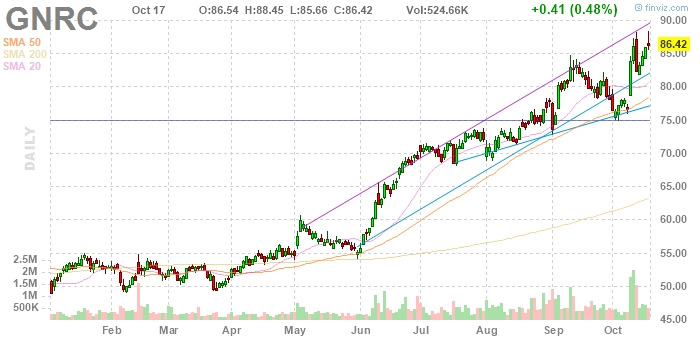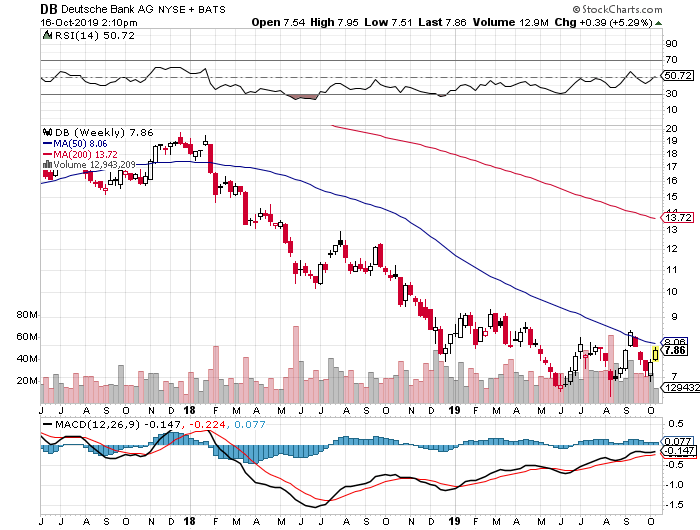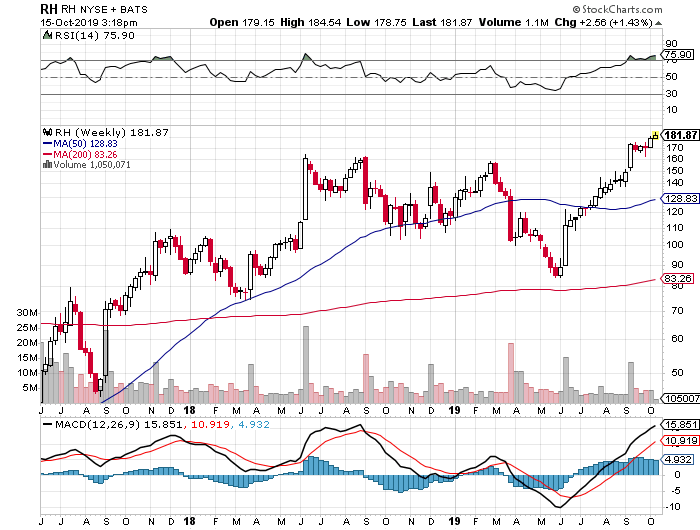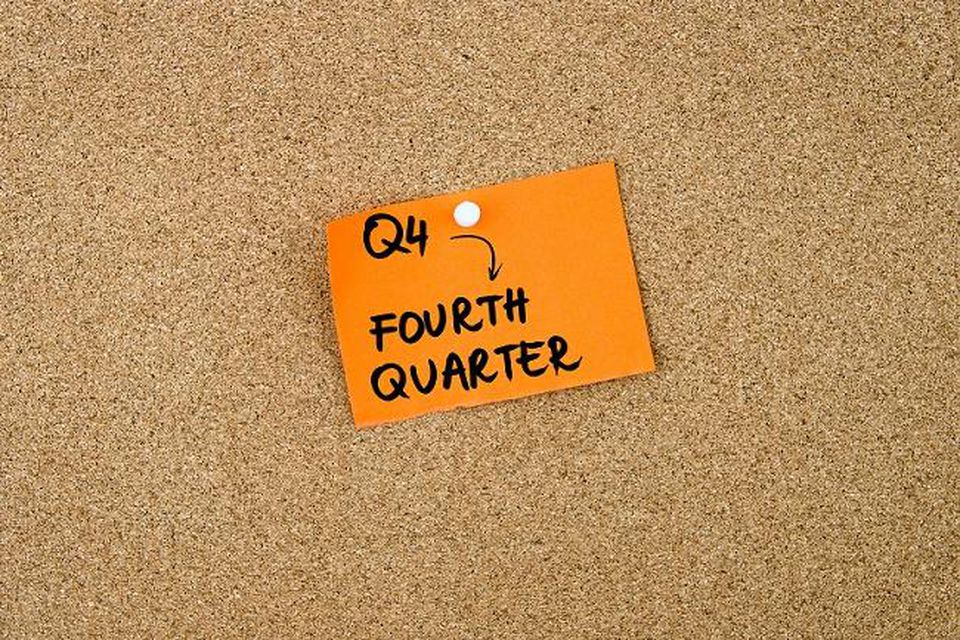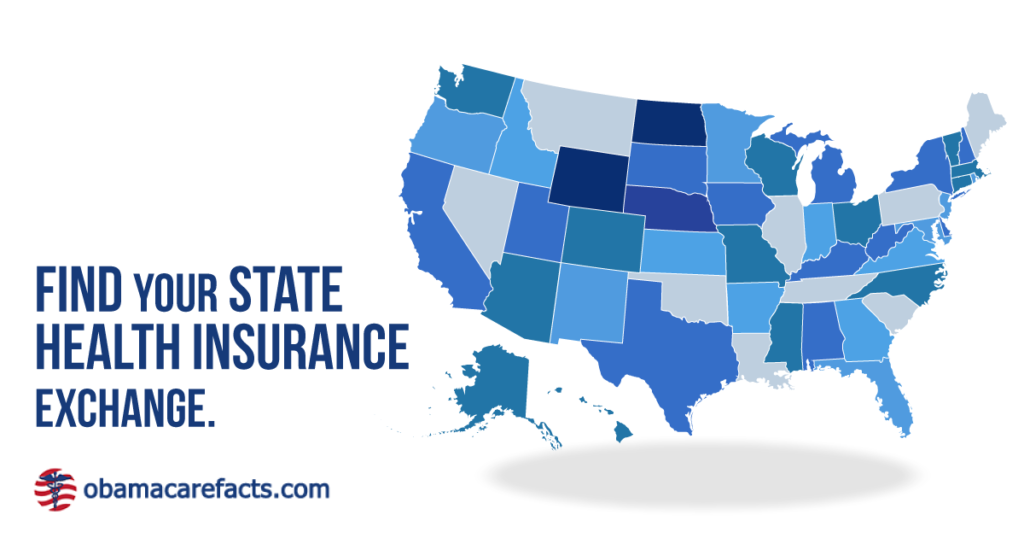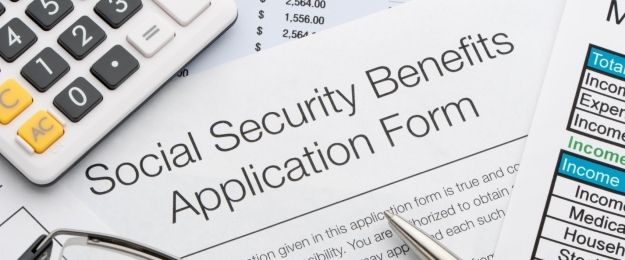Last week, Cambridge, MA-based Biogen (Ticker: BIIB) reversed itself and said it would go ahead and seek FDA approval for its Alzheimer’s therapy Aducanumab after announcing in March 2019 that Aducanumab did not result in statistically significant improvements in Alzheimer’s treatment. Biogen stated that a closer review of its testing data revealed that Aducanumab was in fact statistically effective among patients who received the highest doses during trials.
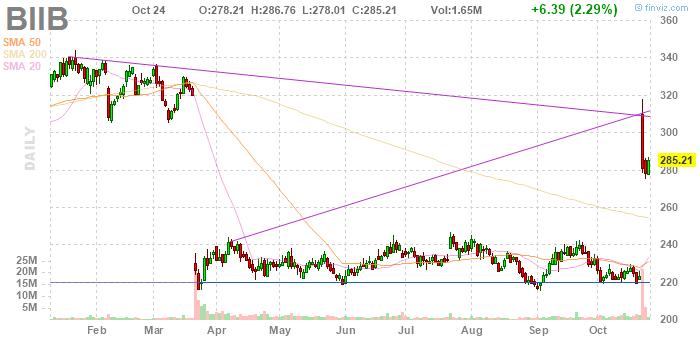
Treatment, Not a Cure
Aducanumab is a treatment that delays the progression of Alzheimer’s dementia. It is not a cure for Alzheimer’s, but it is hoped that this treatment may someday lead to a cure.
Cost/Benefit
Although there is no mention of possible pricing in Biogen’s press release, Aducanumab will no doubt be very expensive. Let’s say the drug is effective in delaying the progression of dementia by 2 years on average, meaning a senior with Alzheimer’s dementia will enjoy 2 more years of being “with-it”. And, let’s say a year’s worth of Aducanumab will cost $500,000 – probably not too far off of an estimate, given that Biogen has spent possibly $3 Billion so far, with more to go to get final FDA approval. The question is: is it worth it? The answer probably depends on your position. If you (or your parent, for whom you are making medical decisions) is 90 and has achieved all that they want, you might decide to let nature take its course and opt not to spend the money. However, if there is something left to live for, you might decide that it is worth it and to pay the money. As medications become more complicated and expensive, especially with regard to Alzheimer’s, which is proving to be an incredible puzzlement, these are the types of questions that patients and their caretaker families will have to decide.
Financial Plan for Your Upcoming Alzheimer’s
The Alzheimer’s Association estimates that over 1/3 of people 85 and over have Alzheimer’s disease. Should we make plans for it now? Should we plan to save $1 Million so that we can have our 2 years of Aducanumab? My answer is that there are too many unknowns at this point. We don’t know the price of Aducanumab (or any other medication or treatment that might soon come out). We don’t know if Medicare or any other drug plan will pay for it or at least help. However, we do know that we will all get older and hopefully live a long life. As such, we need to make plans, such as:
- Save what you can so that you have some money for medical care when you are older.
- To that end, if you are in a health insurance plan that allows for a Health Savings Account, take advantage of it because the money that you invest in an HSA can be invested with principal growth tax-free as long as the money is used for qualified medical expenses.
- If you are able to do so, purchase long-term-care insurance. Better to do it when you are younger because premiums will be cheaper.
- Don’t mortgage your house to the maximum and refinance into a HECM reverse mortgage so that you can draw upon it to pay for your health care when the time comes.
- Have children and encourage them to have children in turn so that you will have younger family members to help when you need care when you are older.
IMO
I think the concept of saving $500,000 or $1 million for Alzheimer’s treatment when you don’t know if you will even get Alzheimer’s is too difficult of a proposition fraught with too many unknowns, such as whether or not you will opt to go for any expensive treatment that may extend your abilities for a relatively short time. It is better to prepare for what you do know, which is that you will grow older and your health is likely to deteriorate as you do.

